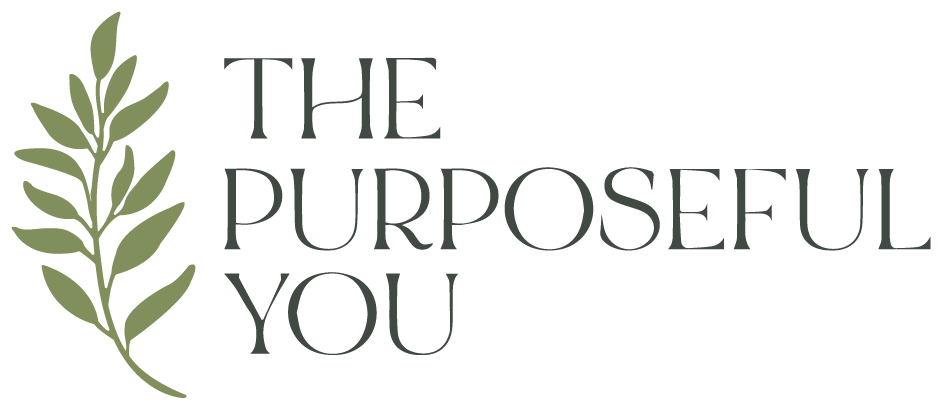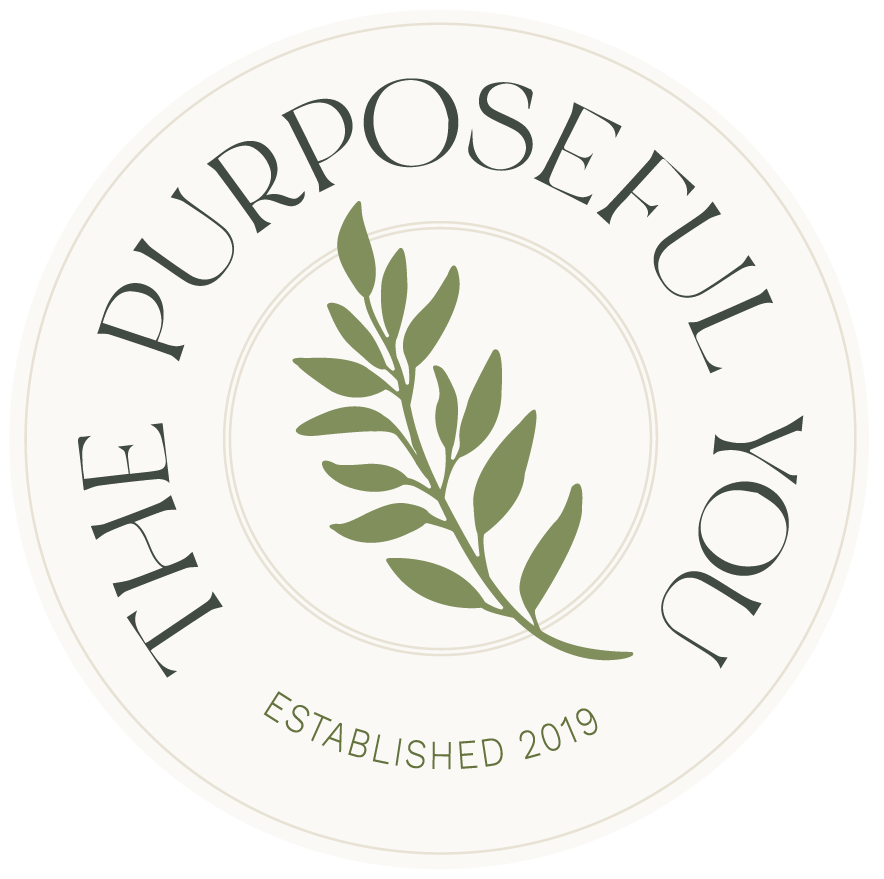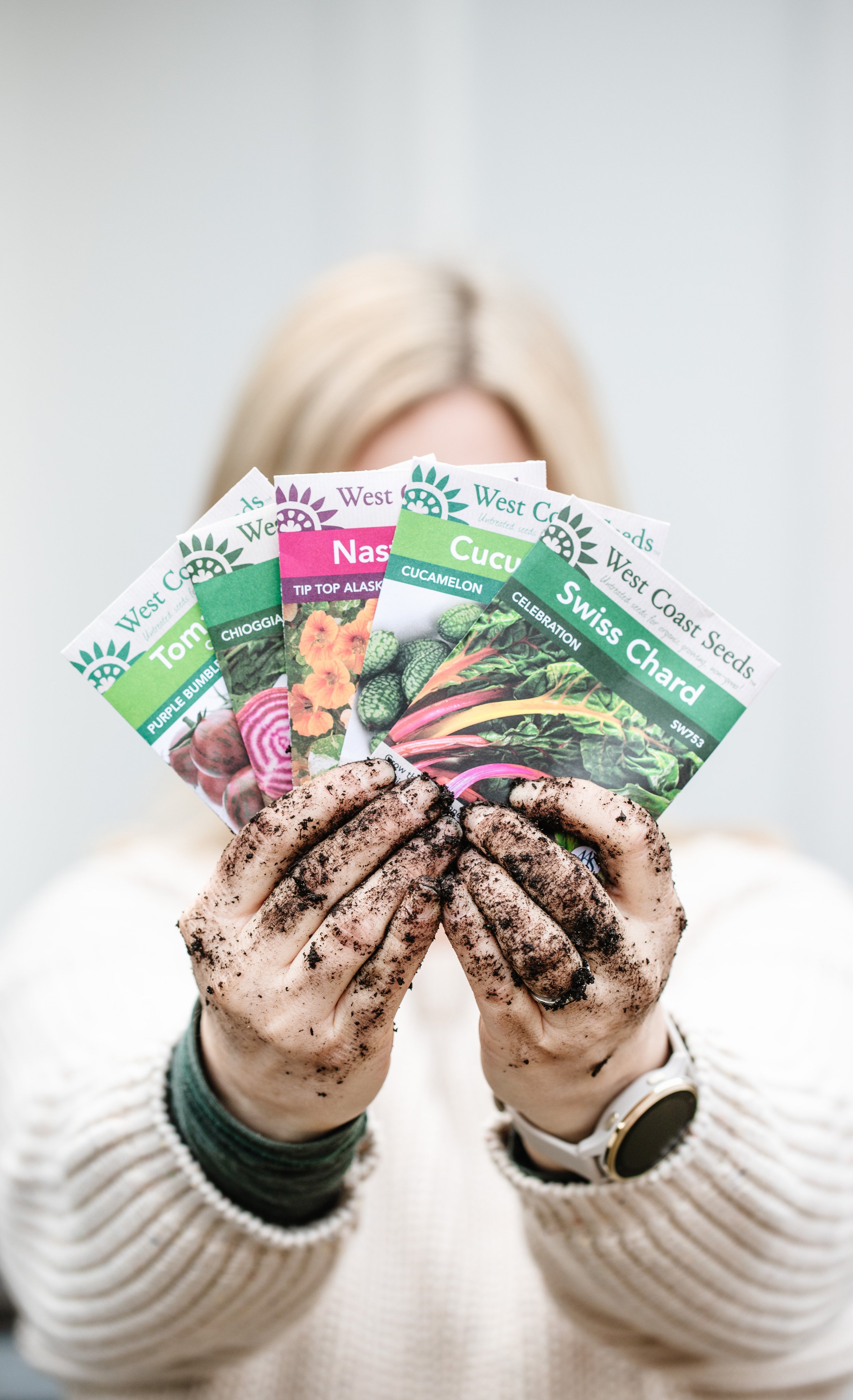Our 2022 Garden Plan Reveal!
It’s our 9th year growing a garden at our home! Wow, time has flown. The garden has become a special place for our family — listening to the birds, harvesting food we’ve grown and watching our son Quinn roam around and pick his own vegetables. It’s not all sunshine and rainbows, though! We have done a lot of trial and error and it’s taken almost a decade for our garden to look like this! We didn’t start with raised beds, we’ve added square footage every year and we slowly built our berry patch over time. We lost many berries to insects too!
What I’m trying to get at is that growing a producing garden doesn’t happen overnight. It takes time to plan and experiment, and it’s an investment! You can create your ideal garden one step at a time. We hope to share some of the knowledge we have gained over the years on the blog, including our 2022 garden plan.
Before I dive into this year’s garden plan and layout, I wanted to touch base on a few things that have helped us ahead of planting. Grab some tea, coffee or wine and get reading!
1. Garden journaling
I wish someone told me this 9 years ago! Whether you invest in a garden journal (we love the one from Lee Valley, click here) or use a notebook you already have in your home, creating a garden journal is one of the most valuable things to do. We are constantly learning in the garden and year after year we forget what we have planted or tried, so journaling about it can help you succeed.
2. Grow what you love to eat!
We usually choose to grow vegetables we eat a lot of — because after all, it should be about saving money, too! We plant foods that are easy to grow, and also always have a few “fun” seeds each year like cucamelons or easter egg radishes. We also look at what month seeds should be planted, how much sun they need and how long they take to germinate. It’s also good to look into companion planting. This may give you ideas on what to plant and what does well together especially if you’re just starting out.
3. Organize your seeds before you buy new ones
We organize our seeds with the seasons before we get too seed excited. It’s easy to buy WAY too many seeds. Although they have a shelf life of 3-5 years, it’s best to use up what you have. Victoria’s climate is quite warm and we are in zone 9b. We are fortunate that we can grow a spring, summer and fall crop! We organize seeds into the three seasons before we plan the garden layout. The goal is to have a continuous garden growing from April-November. We even have some kale and chard that grow all winter long, to eat in March.
4. Plan your garden beds/rows
Read the seed packets and look into each vegetable to make sure you know the germination rate, height of the plant and how much room it needs. Remember to look into what vegetables you can’t plant in the same spot over and over again like mustards or the cabbage family (which also includes bok choy, broccoli and more). Height is very important — for example, there are snap peas that can grow 3-8 feet tall! You don’t want to block the sunlight for something growing beside or in front of it.
Garden layout
Below is a photo of our garden layout. We list what we are planting in our garden journal and have named the boxes. The direction of our drawing is Top (West), Right (North), Bottom (East) and Left (South). You’ll notice we have a blueberry patch, strawberries in raised beds, and raspberries and blackberries which remain in the same spot each year. You’ll also see we have two garden beds named Window #1 and #2 — these are located against a fence and we have old windows attached that hang above, creating a bit of a greenhouse effect for those hot beds.
#1 Window (10 ft x 2.5 ft) | This is the hottest bed in our garden in the summer. Spring: lettuce (sow directly into the ground). Summer: cucumber/peppers (we will start some seeds indoors or buy some organic starters to have them big enough to transplant by July.) We’ll also add a few tomato plants in here that we will start from seed indoors in the spring. Fall: lettuce (sow directly into the ground).
#2 Window (8 ft x 2.5 ft) | This is another hot bed, as it gets south and all the west sun! Spring: snap peas sown directly into the ground. Summer: tomatoes and basil (start indoors or purchase organic starters). Fall: carrots (sow directly into the ground).
Garden Bed #1 (6 ft x 2.5 ft) | Spring: spinach (start from seed indoors or sow directly into ground). Summer: Beets (sow directly into the ground). Fall: Spinach (start from seed indoors or sow directly into ground).
Garden Bed #2 (7 ft x 2.5 ft) | Spring/Summer/Fall: carrots! We love our carrots — this year we will be planting rainbow carrots and white carrots. Carrots get sweeter in the fall, and we harvested some in February this year that we planted last September! Look for winter-specific carrots for the fall. TIP: 1/3 of the row first, another 1/3 three weeks later and another 1/3 three weeks later so you don’t have a million carrots at once! :)
Garden Bed #3 (6 ft x 2.5 ft) | Spring/Summer/Fall: beets for half the bed & chard for the other half (sow directly into the ground for both).
Garden Bed #4 (7 ft x 2.5 ft) | Spring: arugula & radish — we have easter egg and black radishes to try this year! — (sow directly into the garden). Summer: kale (organic starters or seeds indoors), plant in July for fall harvests.
Garden Bed Triangle | Spring: snap peas (starting from seed). Summer: zucchini & squashes (start seeds indoors or use organic starters). Fall: radishes (sow directly into the ground).
Garden Bed Square (5 ft x 3.5 ft) | Spring: half mustards like mesclun lettuce mixes (sow directly into the garden) & half radishes. Summer/Fall: kohlrabi (starter seeds indoors) to plan in August and harvest in fall.
Garden Path (10 ft x 2.5 ft) | Spring: snap peas (4 ft tall) - sow directly into the ground. Summer: beans (4 ft tall) - sow directly or start indoors. Fall: daikon (my first year trying this!) - sow directly into the ground.
Far Right Bed | The bed to the far right of our drawing is about 1 ft x 1ft. Spring/Summer: shelling peas, which grow over 7 feet tall. We sow these directly into the ground in spring, then start from seed for the second crop by June and transplant to enjoy until September.
Also — I’m so excited to announce that I am now a West Coast Seeds ambassador, meaning I am working with them on collaborations and trying their new seeds! If you’re looking to purchase any seeds, click here. Throughout March, West Coast Seeds will be donating 100% of sunflower seed sales to the Canadian Red Cross Ukraine Humanitarian Crisis Appeal.
I hope you enjoyed exploring my 2022 garden plan! It really is one of the best parts of my year, planting and harvesting and playing with my family, and that’s my wish for you, too. Comment below or DM me on Instagram if you have any questions or want to share your own plan!
* Note: Some links featured in the above post are commissionable/affiliate links.











